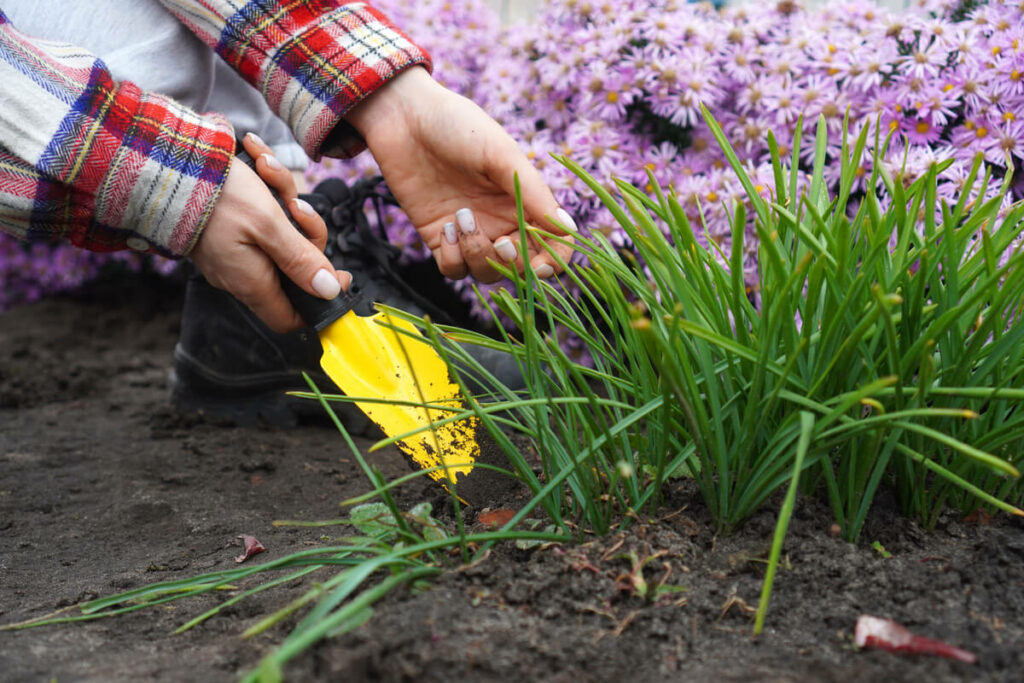Using California Native Plants to Reduce Watering

Californians love lush, beautiful gardens, but with Sacramento receiving less than 20 inches of precipitation each year, water-hungry plants can be tough to care for. With much of California’s water being imported from other places, it’s easy to see why lawn replacement and native plant gardens are increasing in popularity.
Why Use Native Plants?
In addition to the time and monetary costs of watering your lawn or garden each day, frequent watering leads to increased runoff, erosion, and fertilizers and pesticides being washed into local water supplies and eventually into the ocean. A greener and lower maintenance option is to choose plants that don’t require as much water to live.
California native plants are adapted to live in Sacramento’s natural environment. They thrive without additional watering in all but the most extreme conditions. In addition, they grow deep root systems that retain soil when rain does fall, and they provide valuable habitats for native wildlife and insects, including important pollinators like butterflies. As a watering supplement during the dry season, consider collecting rainwater and using it when needed.
Landscaping
If you are considering incorporating native California plants into your landscape, replacing water-hungry landscaping plants with water-conserving native varieties is a good first step. California poppies, sky lupines, tidy tips, and globe gillas all produce beautiful flowers and can be used for edging or anywhere else you might plant flowers. Consider succulents and cacti for year-round interest and as permanent landscaping features.
Trees
If you are thinking of planting trees on your property, you should be aware that may trees, especially when young, require large amounts of water to survive. To mitigate this, choose native tree types. While the chaparral landscape generally features low bushes, some tall trees do well in arid conditions. Native varieties of sycamore, cottonwood, laurel, and wax myrtle do well with minimal watering, as do certain varieties of coastal oaks. Even some manzanitas, like the bigberry and island varieties, can grow large enough to resemble trees.
Lawn Replacement
For the greatest water-reduction effect, consider replacing your lawn. Cool season grasses that make up most turf are generally not highly drought-tolerant and require intensive management to stay green and lush in an arid environment. Native ground covers such as the seaside daisy are one option. Alternatively, replace your lawn with chaparral grasses. Creeping sage and purple needlegrass are native options that are interesting to look at, require little water, and are not considered a wildfire hazard.
Lawns and gardens are a huge source of water waste in California. Native California plants are adapted to arid environments and ready to thrive and look beautiful without hours of intensive, and often, expensive management. Embrace the natural beauty of our state with native plants to make your landscape more water efficient.
Looking to make your current watering system more efficient? Outside of proper plant selection, each home should install an automatic sprinkler system that runs on timers and uses as little water as possible. Contact the professional team of Sacramento plumbers at Ace, we are sprinkler and whole home water conservation experts!



